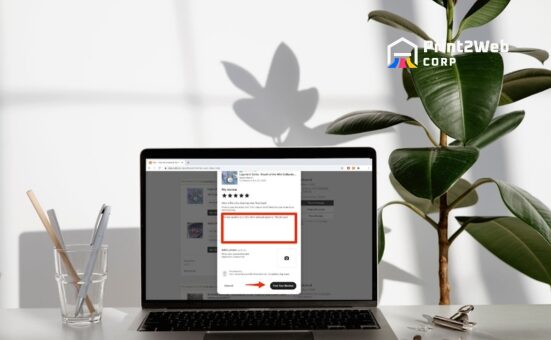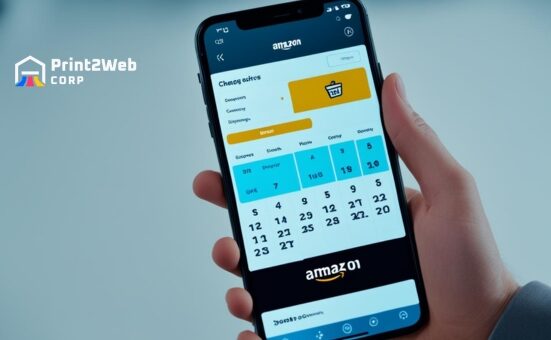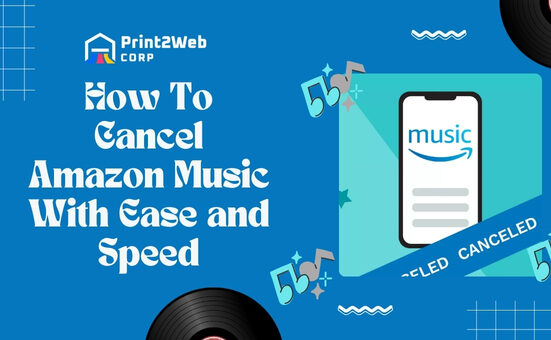When it comes to money matters online, there’s one thing that stands above everything else—payment security. It’s like a sturdy lock on the door of your bank account. Just imagine you’re shopping online, clicking through tons of products, and finally finding that perfect gadget you’ve been eyeing for ages. You click “buy now,” and then what? You’re trusting that website with your card details! That’s why we must talk about keeping those details safe because if they fall into the wrong hands… well, let’s say it’s a situation best avoided.
So, what do I need to know about payment security? Well, first off – keep calm because there are plenty of shields and armor in place to protect your precious money during online transactions. We’ve got encryption magic working behind the scenes – think secret codes that would give even the craftiest spy a headache. Then there are nifty tools like tokenization, which swap out your actual card number for something else entirely – kind of like using a decoy in a game of tag with hackers.
What You’ll Learn Here:
- Lock down your cash: Tips on how to keep your payments safe!
- Beat the hackers: Simple ways to shield yourself from fraud.
- Peace of mind: Understanding why these security steps matter.
- Stay ahead: Latest trends in securing online payments effectively!
- Click with confidence: How-tos for fearless online shopping and transactions!
Understanding the Importance of Online Payment Security
Online payment security is a key aspect in today’s world where online transactions are a norm. It ensures that your financial information such as credit card or bank details remains safe while conducting transactions over the Internet.
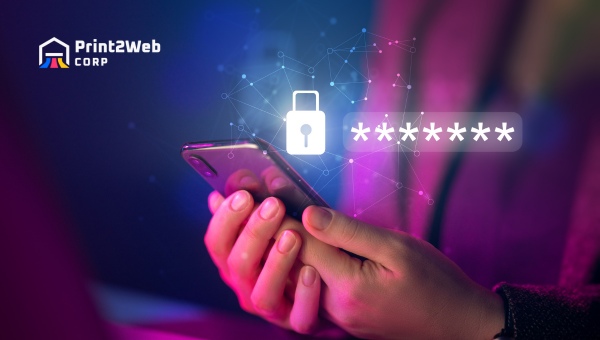
It also safeguards you from potential threats like scams and identity theft.
Cruciality of Strong Payment Security
Strong payment security plays an integral part in maintaining the trust of users in online transactions. Ensuring the integrity and confidentiality of customer’s monetary data prevents unauthorized access, making sure that your sensitive information does not fall into the wrong hands.
Being victims of financial fraud can not only cause monetary harm to individuals but also breach their privacy, causing immense stress and anxiety. Therefore, it becomes crucial for businesses to implement reliable, solid security measures while dealing with online payments.
In addition, robust payment security practices ensure smooth operations for businesses orchestrating digital transactions. Trusting a business with personal financial details can mean validation and repeat business from customers familiar with their secure systems – thus encouraging business growth as well as building reputation management.
Risks of Insufficient Payment Security
Unfortunately, an online system without adequate payment security measures is prone to numerous hazards. They may include:
- Personal Data Theft: Insufficiently secured platforms pose threats of personal data theft where cybercriminals can steal valuable information including bank account details or credit card numbers.
- Financial Losses: This may lead directly to financial losses when cybercriminals conduct unauthorized transactions.
- Identity Theft: Cybercriminals could use stolen personal information for identity theft which could have serious legal implications for the victims.
Without sufficient safeguards in place it makes customers less likely to utilize these insecure platforms again, resulting in lost revenues for these companies offering online services or selling products digitally. Furthermore, insufficient protection could lead to potentially catastrophic damage to brand reputation and even possible regulatory repercussions such as fines or sanctions by governing bodies if found negligent.
Also Read: Unlock Profit Potential: Vending Machine Business Strategies
Exploring Types of Online Payment Security Measures
When we shop or pay our bills online, we need to know that our money and personal details are safe. That’s where online payment security comes in. Let’s look at some smart ways that keep us secure when we make payments on the internet.

Comprehending Encryption and Secure Socket Layer (SSL)
Encryption is like turning a message into a secret code that only you and the person you’re sending it to can understand. Secure Socket Layer, or SSL for short, does just this for information you send over the internet.
Imagine SSL as a protective tunnel. When you type in your credit card number on a website, SSL makes sure this information travels safely from your computer to the website’s server through this secure tunnel.
If someone tries to peek at your info along the way, they will only see jumbled-up nonsense because of this encryption. That’s how SSL guards your payment info from bad guys on the internet.
Understanding Tokenization in Payment Security
Tokenization is like swapping your valuable treasure with a toy replica when traveling through pirate-infested waters – even if the pirates catch you, they can’t get their hands on your real treasure.
In online payments, instead of sending your actual credit card number when buying something, tokenization replaces it with a random set of numbers called a “token”. This way, if hackers intercept these tokens, they won’t have any use for them because they’re not real card numbers!
Two-Factor Authentication
Think about locking two different kinds of locks on one door; even if someone breaks one lock, there’s still another standing between them and entry! This is what Two-Factor Authentication (2FA) does for securing our online accounts.
When you use 2FA, you first enter something you know, like your password. Then you use something else — maybe getting a text with a code or using an app that confirms it’s you trying to get in. It’s an extra step but think about it as an added shield against anyone trying to sneak into your account without permission.
Biometric Authentication
Biometric authentication uses parts of who we are — like our fingerprints or faces — to make sure it’s us trying to access our accounts or make payments. It works great because, unlike passwords, which can be guessed or stolen, our biological features are unique to each person and hard for imposters to copy. It feels very futuristic using just your fingertip or face scan at checkout screens, but it shows how far security has come in keeping us safe from payment fraud!
Virtual Private Networks (VPNs)
Using public Wi-Fi can be risky when entering sensitive details since others might see what we’re doing over these open networks. But VPNs act protectively by creating safer paths through these networks specifically for us!
When I turn my VPN on before shopping online at my favorite coffee spot’s Wi-Fi network, I imagine everything I’m sending out gets hidden inside its little private bubble so no snooping eyes can spy.
Secure Payment Gateways
A secure payment gateway is like having an expert gatekeeper who checks every transaction before letting it pass through gates, keeping our money safe inside fortified walls! These gatekeepers work tirelessly checking proper encryptions and authentications ensuring no fraud occurs while money changes hands digitally during each sale, making these transactions much safer than before!
By confirming every detail is correct—from card information being accurate to securely transferring funds from buyer to seller—secure gateways play key roles behind the scenes, maintaining safety standards high all around the clock!
In simple words: While shopping, clickity-clicking away; rest easy knowing smart tech-savvies got back watching over every penny move securely, ensuring the shopping experience stays enjoyable and worry-free!
Also Read: Unleash Growth with the Ultimate Amazon Aggregator Solution
Going Through Best Practices for Ensuring Online Payment Security
When we talk about payment security, think of it as a strong safe that keeps your money and card details protected online. It’s vital because, without it, bad people could steal your information or money when you buy things on the Internet.
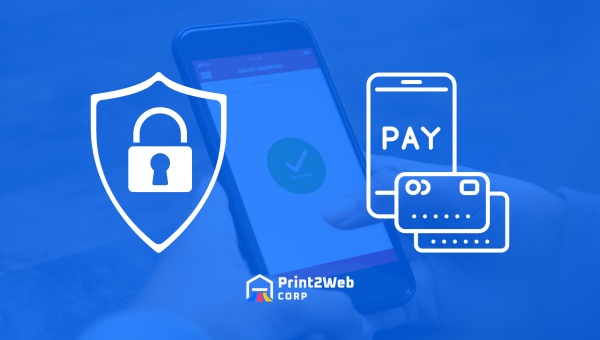
Let’s look at some of the best ways to make sure our online payments stay safe.
SSL and TLS- Securing private information transmission
Imagine sending a letter with important details through regular mail – anybody could open it and read what’s inside. SSL (Secure Socket Layer) and TLS (Transport Layer Security) are like sending that letter in a locked box where only the person with the right key can open it.
In other words, these protocols mix up your personal information into a secret code as it travels across the internet. This way, even if someone gets their hands on it, they won’t be able to understand anything because they don’t have the key to ‘decode’ that secret message. That’s how SSL and TLS protect your info during online payments.
PCI Compliance- A Standard Measure For Safe Payments
Businesses that accept card payments must follow certain rules called PCI compliance, which is short for Payment Card Industry Data Security Standard (PCI DSS). It’s like a checklist to ensure these companies do everything possible to keep your card details secure.
Being PCI compliant means a business has put up strong defenses against hackers trying to get unauthorized access to their systems where card data is stored or transmitted. They need safety measures like sturdy firewalls, secure passwords, encryption (that’s turning data into codes), and regularly checking their defenses to make sure they’re still strong.
Tokenization-Making Online Payments More Secure
Tokenization is like swapping something valuable for a ticket at coat check – you give them your coat and get a token in return, so no one else can claim it’s theirs unless they have that unique token.
Here’s how this plays out with payment security: when you pay online, instead of sending actual credit card numbers over the web, those numbers are replaced with unique symbols or “tokens.” If thieves intercept these tokens, they’re useless because each one works only once and has no value by itself. This means even if someone steals this token info, they can’t do anything bad with it!
Multifactor Authentication – Strengthening Account Access
Multifactor Authentication (or MFA) makes getting into your account more like passing through multiple doors, each with different locks rather than just one – much harder for anyone who shouldn’t be there!
For example, when logging in or making an online purchase, you might not only type in a password but also enter a code sent to your phone or use fingerprints/face recognition if supported. Adding these layers – something you know (password), something you have (a phone), or something you are (fingerprint/face) makes breaking into an account much tougher for bad actors due to multiple checkpoints, which increase payment security significantly.
Also Read: Start a Car Wash Business: Your Easy 10-Step Guide
Communicating the Significance of Secure Digital Payments
When we shop online, we want to know our money is safe. Think of payment security like a locked door that keeps your money safe from thieves. It’s important for everyone who buys things online to understand this.

Making Buyers Aware of Payment Security
Now, when I tell buyers about the safety steps I take to protect their money, it does a few helpful things. First, they feel more sure about shopping with me. People like knowing that their credit card and personal information are treated with care.
Here’s how I make sure buyers know their payments are secure:
- Clear Information: I make it easy for them to find out how their payments are kept safe on my website.
- Trust Seals: Showing symbols or badges from well-known security companies can make buyers feel more at peace.
- Simple Language: Just like in this article, I keep explanations really easy to understand – no hard words or tech talk.
- Updates: If there are new safety features, I’m quick to let my customers know.
By sharing this info with them, they see me as honest and reliable. It’s a bit like telling someone you’ve got strong locks at home; it makes them trust you more.
Always remember: When buying online becomes as trustworthy as buying from a friend, people will do it more often and without worry.
Also Read: Cat and Jack Return Policy Explained: Easy Guide at Target
Frequently Asked Questions
What should I do if I suspect fraudulent activity on my online payment account?
If you think there’s been fraud on your payment account, contact your bank or card issuer right away. Keep a close eye on your transactions regularly so you can spot anything unusual quickly.
Are mobile payment apps secure for online transactions?
Yes, most mobile payment apps are secure as they use strong encryption to protect your info. But make sure to download official apps and keep them updated to avoid risks.
How Can I Protect my Online Payment Information when Using Public Wi-Fi Networks?
When using public Wi-Fi, a VPN (Virtual Private Network) is the best way to protect your payment information. It creates a private network so all the data you send is encrypted and hidden from others on the public network.
How can I ensure the security of my online payments?
To keep your online payments safe, always use strong passwords and update them regularly. Look for websites that start with “https://” which means they’re secure. Also, using two-factor authentication where possible adds an extra layer of protection.
Conclusion
I cannot stress enough how vital it is to stay ahead with payment security. We live in a world where online transactions have become as common as handshakes once were, and with that convenience comes the responsibility to protect ourselves and our money. Embracing robust security measures like SSL encryption, tokenization, and multi-factor authentication isn’t just smart; it’s necessary.
It’s also crucial to educate oneself about the potential risks and best practices in safeguarding online payments. Remember, being proactive beats reacting to theft after the fact. Always keep your guard up when making payments online—your personal and financial safety depends on it.


